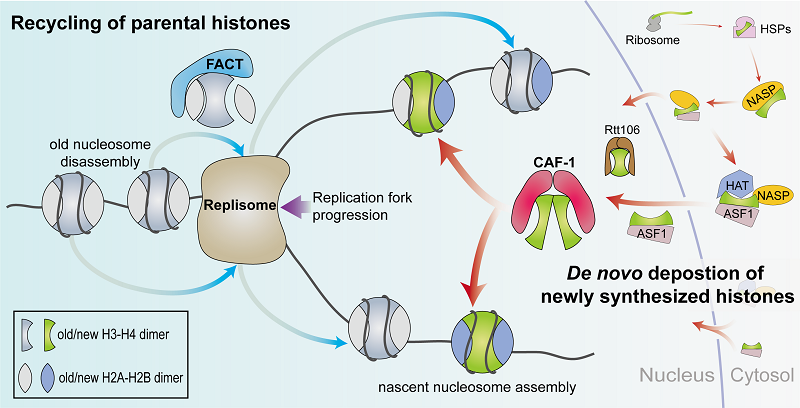2025-05-30 中国科学院(CAS)
<関連情報>
- https://english.cas.cn/newsroom/research_news/chem/202505/t20250530_1044778.shtml
- https://www.pnas.org/doi/10.1073/pnas.2501902122
プロスタグランジンD2受容体DP1のリガンド認識と受容体活性化の分子基盤 Molecular basis for ligand recognition and receptor activation of the prostaglandin D2 receptor DP1
Jiuyin Xu, Yanli Wu, Youwei Xu, +10 , and H. Eric Xu
Proceedings of the National Academy of Sciences Published:May 29, 2025
DOI:https://doi.org/10.1073/pnas.2501902122
Significance
The prostaglandin D2 receptor (DP1) functions as a critical regulator of diverse physiological processes, including sleep–wake cycles, allergic responses, and inflammatory cascades. By determining high-resolution cryo-EM structures of DP1 in multiple functional states, we uncovered an activation mechanism that challenges the classical GPCR paradigm. Our structures reveal ligand-specific activation pathways and unique transmembrane helix interactions that differ markedly from the conventional toggle switch model characteristic of Class A GPCRs. These molecular insights establish a structural foundation for developing next-generation DP1-targeted therapeutics with enhanced selectivity and reduced side effects, addressing a significant unmet need in treating disorders ranging from sleep disturbances to inflammatory diseases.
Abstract
The prostaglandin D2 receptor 1 (DP1), a rhodopsin-like Class A GPCR, orchestrates critical physiological and pathological processes, ranging from sleep regulation to inflammatory responses and cardiovascular function. Despite its therapeutic significance, structural insights into DP1 activation mechanisms have remained elusive. Here, using cryoelectron microscopy (cryo-EM), we determined high-resolution structures of human DP1 in both inactive and active states, with the latter captured in complex with its endogenous agonist PGD2 or the synthetic agonist BW245C, bound to the stimulatory G protein, Gs. Our structures, coupled with functional and mutagenesis studies, unveiled unique structural features of DP1, including an alternative activation mechanism, ligand-selectivity determinants, and G protein coupling characteristics. These molecular insights provide a rational framework for designing selective DP1-targeted therapeutics, both agonists and antagonists, with enhanced specificity and reduced off-target effects, opening broad avenues for treating DP1-associated disorders.



